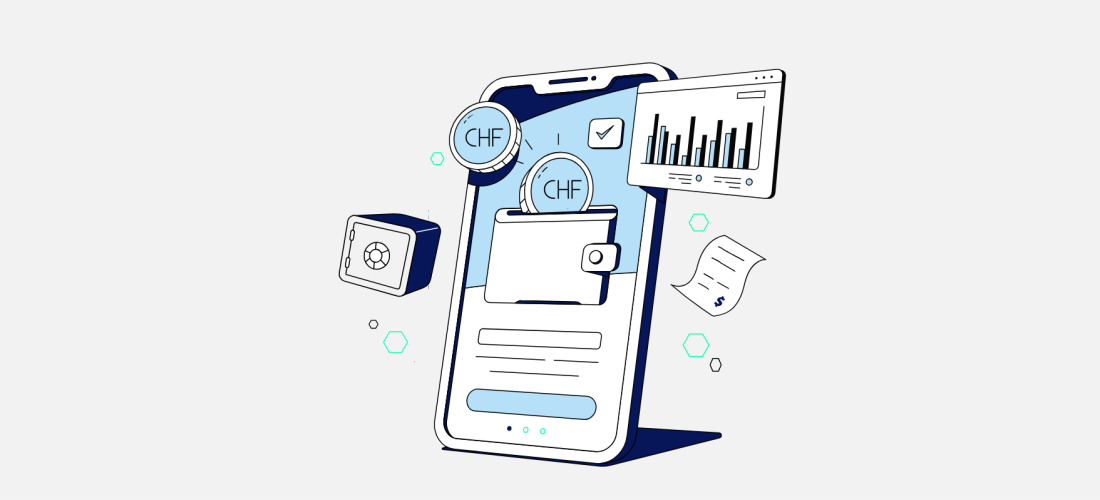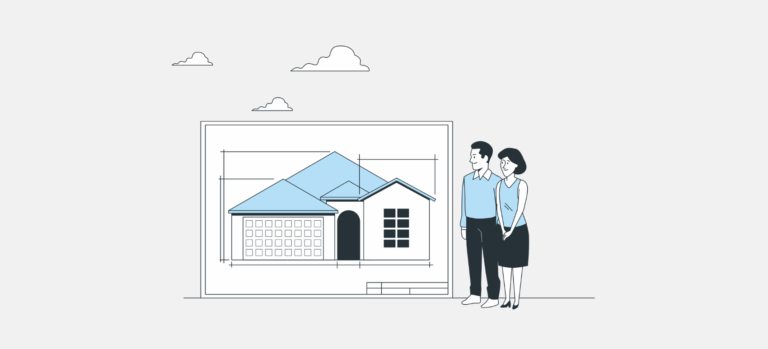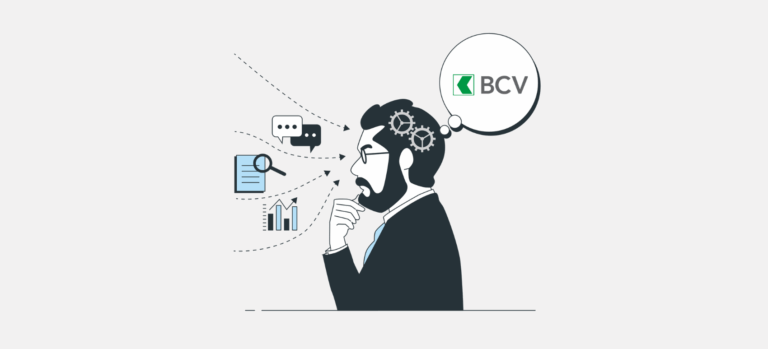What is a vested benefits account?
A vested benefits account is a bank account or insurance policy into which your assets from professional providence when you leave your employer without joining a new pension fund. This can happen in the following cases:
- Going abroad
- Period of unemployment (not covered by BVG)
- Career or training break
- Transition to self-employment
In short, this account is designed to maintain your pension rights until you resume salaried employment or retire.
How do I open a vested benefits account?
If you leave your job, you are responsible for transferring your assets. You must therefore:
Choose an establishment : a bank or insurance company approved for provident insurance.
Request transfer to your former pension fund.
Follow confirmation of the funds transfer and check that the amount has been credited.
If you do nothing, the assets are transferred after a period of time to the Fondation Institution supplétive LPP, If you don't know where your assets are, you'll need to know where to find them. If you don't know where your assets are, you'll need to start a search.
Types of vested benefit accounts
Your vested benefits can be deposited with either a bank or an insurance company.
Bank vested benefits account
Banks offer vested benefits accounts that function either as a savings accountor invested in investment funds. With the first option, your capital is safe, but you can't expect much return because of the low interest rate. The second option offers a higher-yield alternative on the long term.
There are no benefits in the event of death or disability. In other words, your capital lies dormant, protected, but without any additional guarantees. If you wish to replicate the protection of the 2nd pillar, we strongly advise you to take out risk insurance, either separately or via a vested benefits policy.
Insurance vested benefits account or policy
Choosing a vested benefits account or policy with an insurance company offers clear advantages. In addition to savings, these solutions include risk coverage: in case of work incapacity or death, benefits are paid to the insured or their relatives. This not only helps to preserve the accumulated capital but also provides a financial safety net, which is often overlooked.
In insurance, you can take out either a vested benefits account (similar to a bank vested benefits account) or a vested benefits policy.
What is the return on a vested benefits account?
The return on these assets varies considerably depending on the type of account chosen, with variations that can amount to several tens of thousands of francs over a period of ten to twenty years.
Classic vested benefits accounts
Traditional vested benefits accounts, offered by banks and vested benefits foundations, generally pay modest interest. Interest rates currently vary between 0.1% and 1% according to the institution, with a market average of around 0.5% to 0.75%. These rates remain well below inflation, which means that the capital loses power over the years.
The BVG Substitute Occupational Benefit Institution Foundation, which automatically receives assets that have not been transferred within six months, applies a rate of 0.4%, This makes it one of the lowest-yielding options on the market. This situation particularly penalizes those who fail to actively transfer their assets to a better-performing solution.
Vested benefits accounts in securities
Faced with low returns on traditional accounts, many banks and insurance companies are now offering vested benefits accounts in securities. These accounts invest all or part of the capital in diversified investment funds, generally comprising equities, bonds and other asset classes.
Historical returns on these solutions range from 2% and 9% per year over the long term, depending on the risk profile chosen. A conservative profile, with an equity allocation of 25% to 30%, targets an average return of 2% to 3%. A balanced profile, with 40% to 60% in equities, can generate 3% to 4.5%. Dynamic profiles, with more than 70% of equities, target returns of 5% to 9%, but imply significant short-term volatility.
This volatility is precisely the main risk associated with securities accounts. Unlike a classic account, where capital is guaranteed, a securities account can suffer temporary losses during market corrections. If you plan to use your assets within three to five years, for example to buy real estate or leave Switzerland permanently, you should opt for a classic account to avoid withdrawing your capital during a downturn.
How are withdrawals taxed?
When you withdraw assets from your vested benefits account or policy—whether at retirement, for the purchase of a primary residence, upon permanent departure from Switzerland, or in another permitted situation—you are taxed at a reduced rate equal to one-fifth of your regular tax rate, separately from your other income. This taxation method is called separate taxation at a preferential rate.
It should be noted that the applicable taxation depends on the tax residence at the time of withdrawal. Each canton sets its own tax scale, often progressive, based on the amount withdrawn. The higher the amount, the higher the marginal rate, but it remains significantly lower than the ordinary income tax rate.
Possible optimizations
To reduce your tax bill, it's sometimes a good idea to:
- allocate assets to two accounts (in two different institutions),
- spread withdrawals over two fiscal years in a row,
- or change the place of residence (e.g. before retirement).
How can I withdraw my vested benefits?
The withdrawal of assets from a vested benefits account or policy is strictly regulated by law. It may be applied in certain specific cases, on formal request and accompanied by the appropriate supporting documents.
1. Withdrawal at retirement age
You can collect your assets:
- At legal retirement age (65 for men, 64 for women until 2028)
- Early, up to 5 years before the reference age,
- Or deferred, up to 5 years later, if you are still gainfully employed.
2. Definitive departure from Switzerland
If you are leaving Switzerland permanently, you can request payment of your assets, subject to the following rules:
- Non-EU/EFTA destination: You can withdraw your entire pension assets (compulsory BVG portion + supplementary portion).
- Destination within the EU/EFTA: Withdrawal is possible for the extra-mandatory portion. The compulsory portion (BVG) remains blocked in a vested benefits account, unless you are no longer affiliated to a compulsory social insurance scheme in the host country.
3. Home ownership
In accordance with the Ordinance on the Encouragement of Home Ownership (OEPL), you can make use of your assets:
- Topurchase or construct a main housing,
- To acquire an existing mortgage ,
- To acquire cooperative shares for a main housing.
4. Transition to self-employment
If you start working as a self-employed person on a full-time basis, you can request the full withdrawal of your pension assets, provided you do so within one year following the start of your activity.
5. In the event of disability or death
In the event of total disability recognized by the IV, if no pension rights are granted by the pension fund, you can receive a lump-sum payment. In case of death, the assets are transferred to the legal beneficiaries according to the order specified by the BVG.





